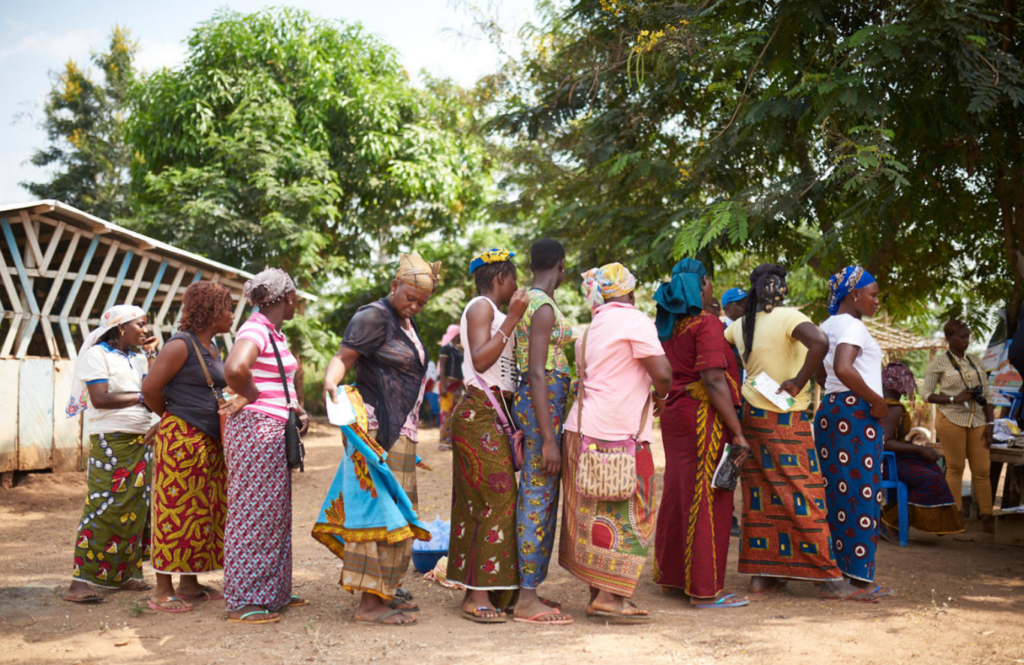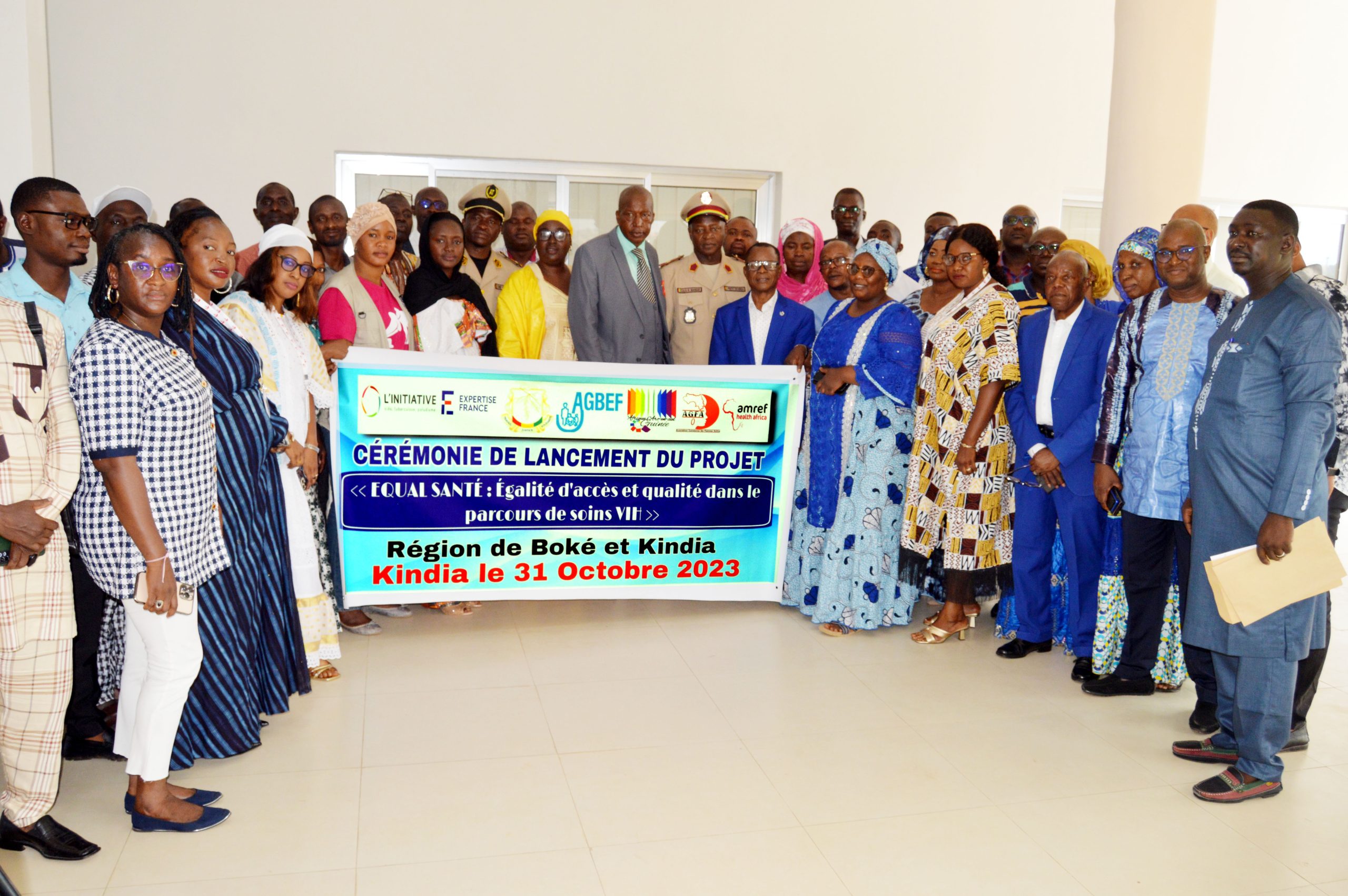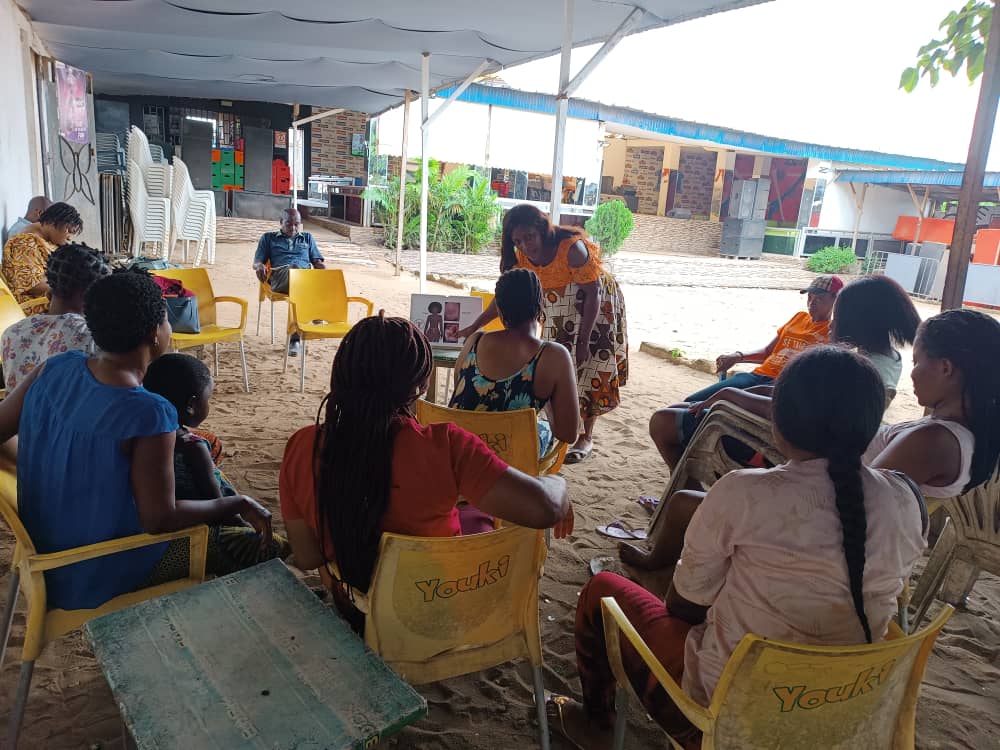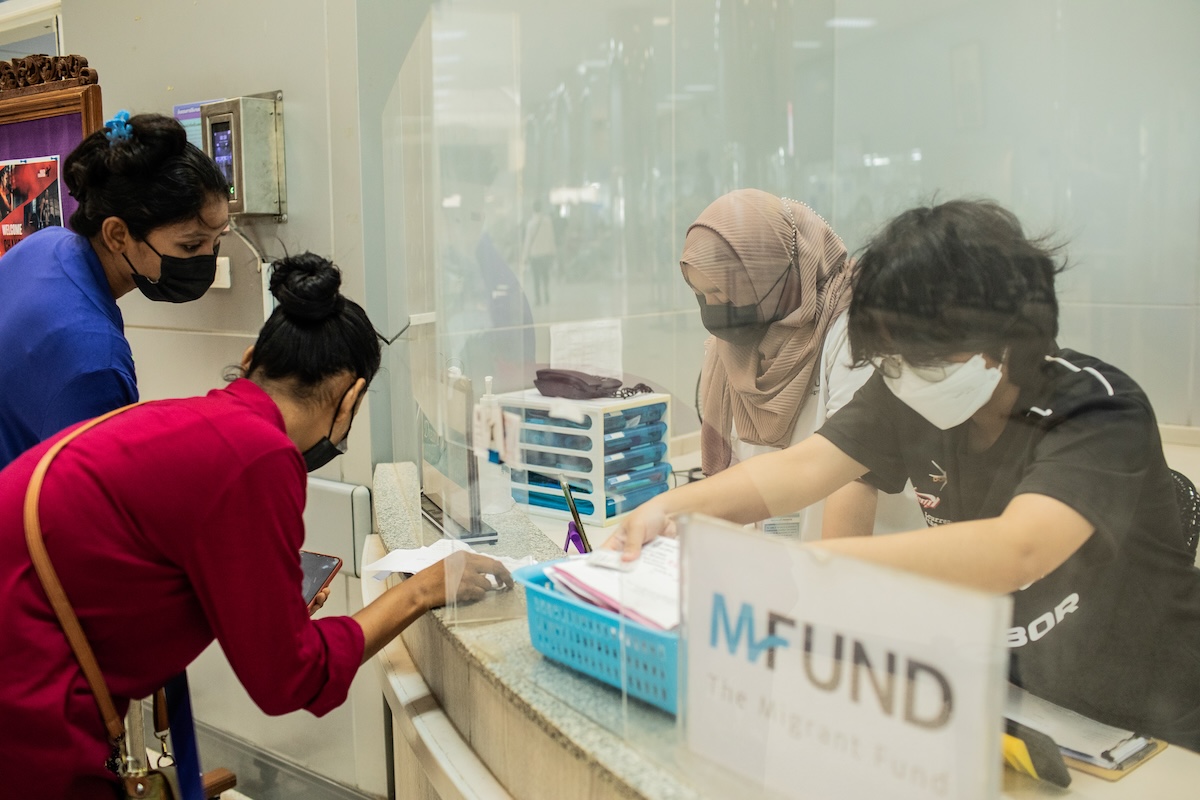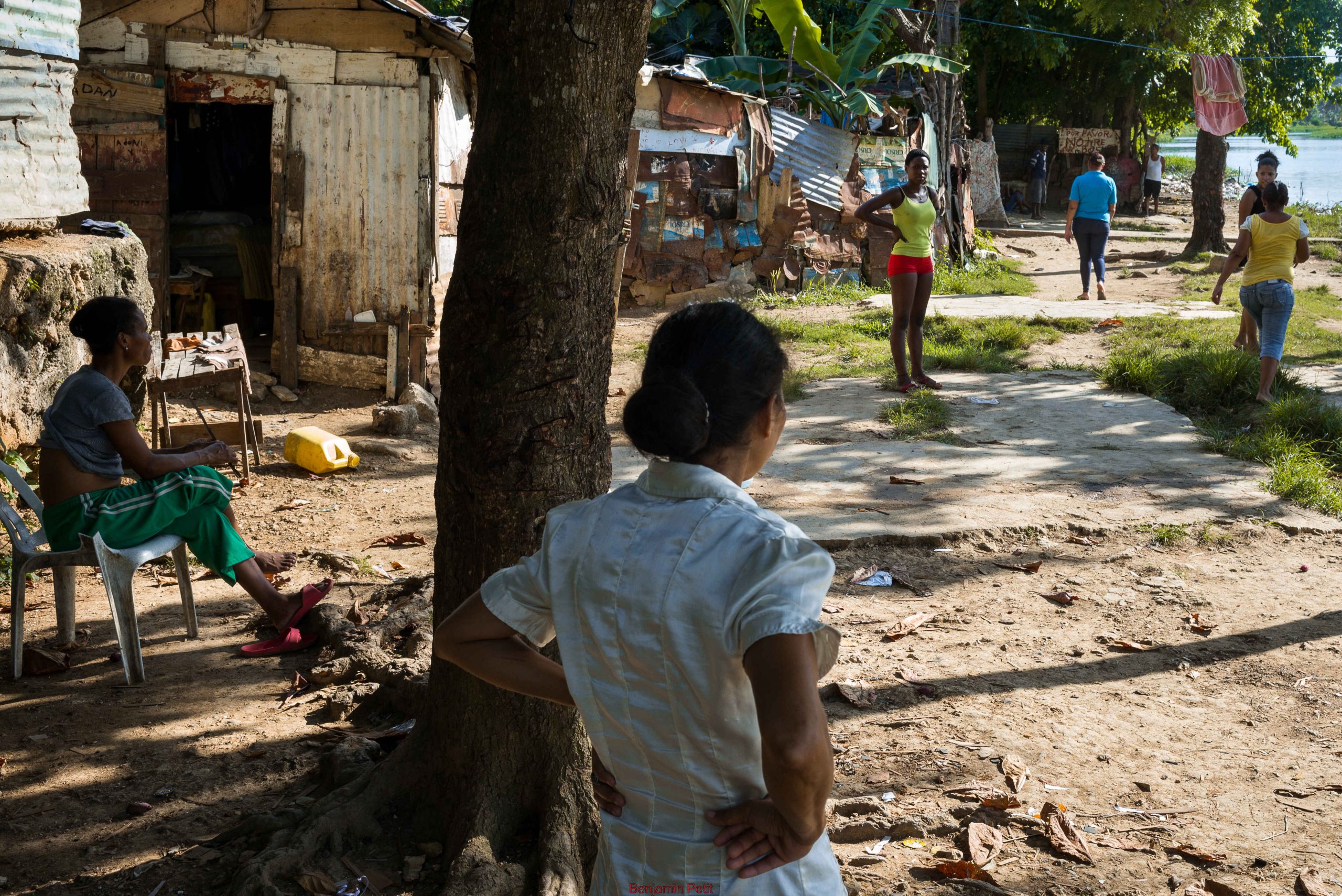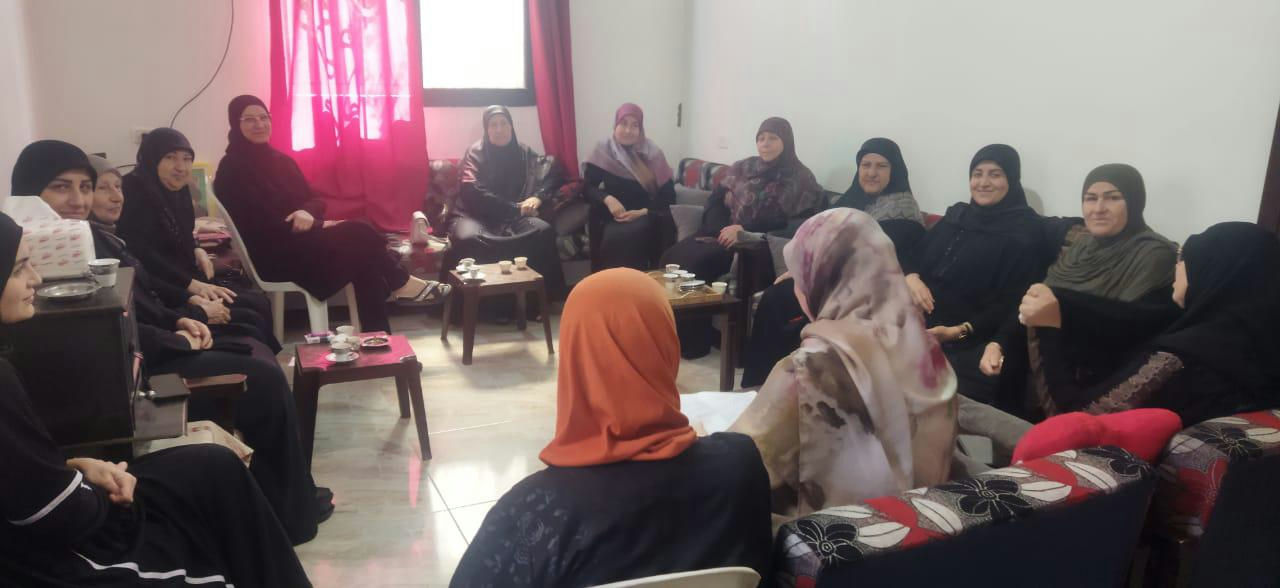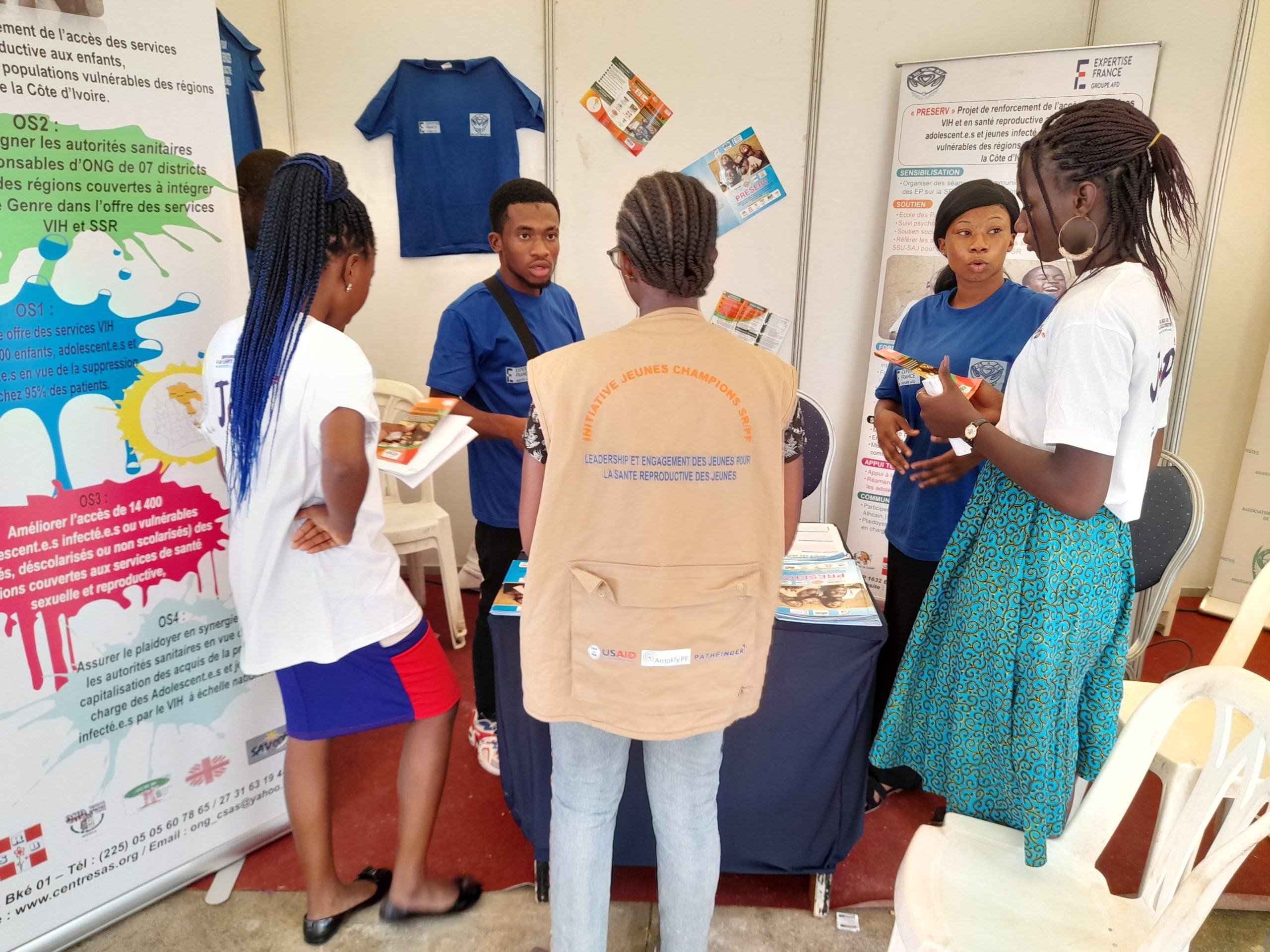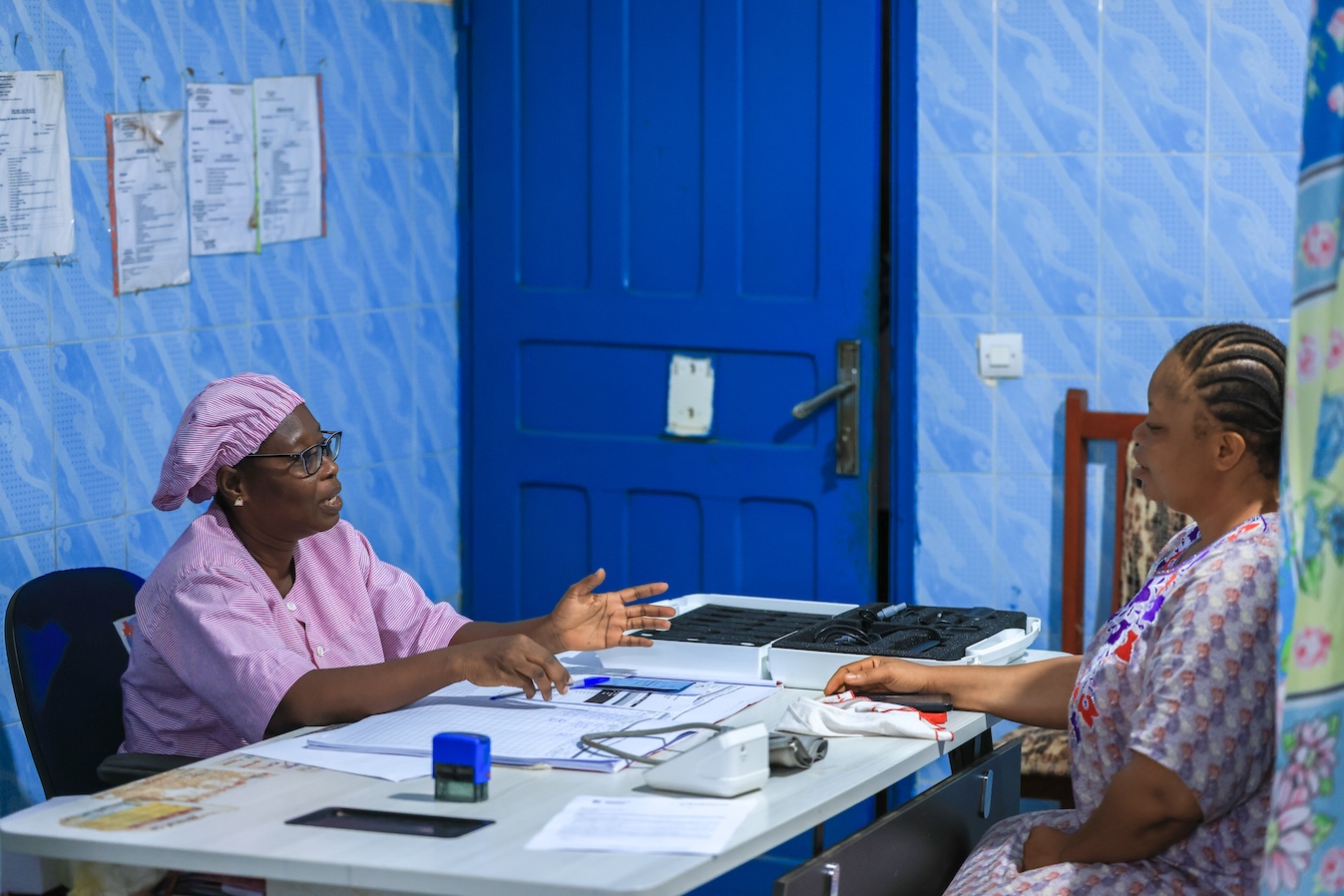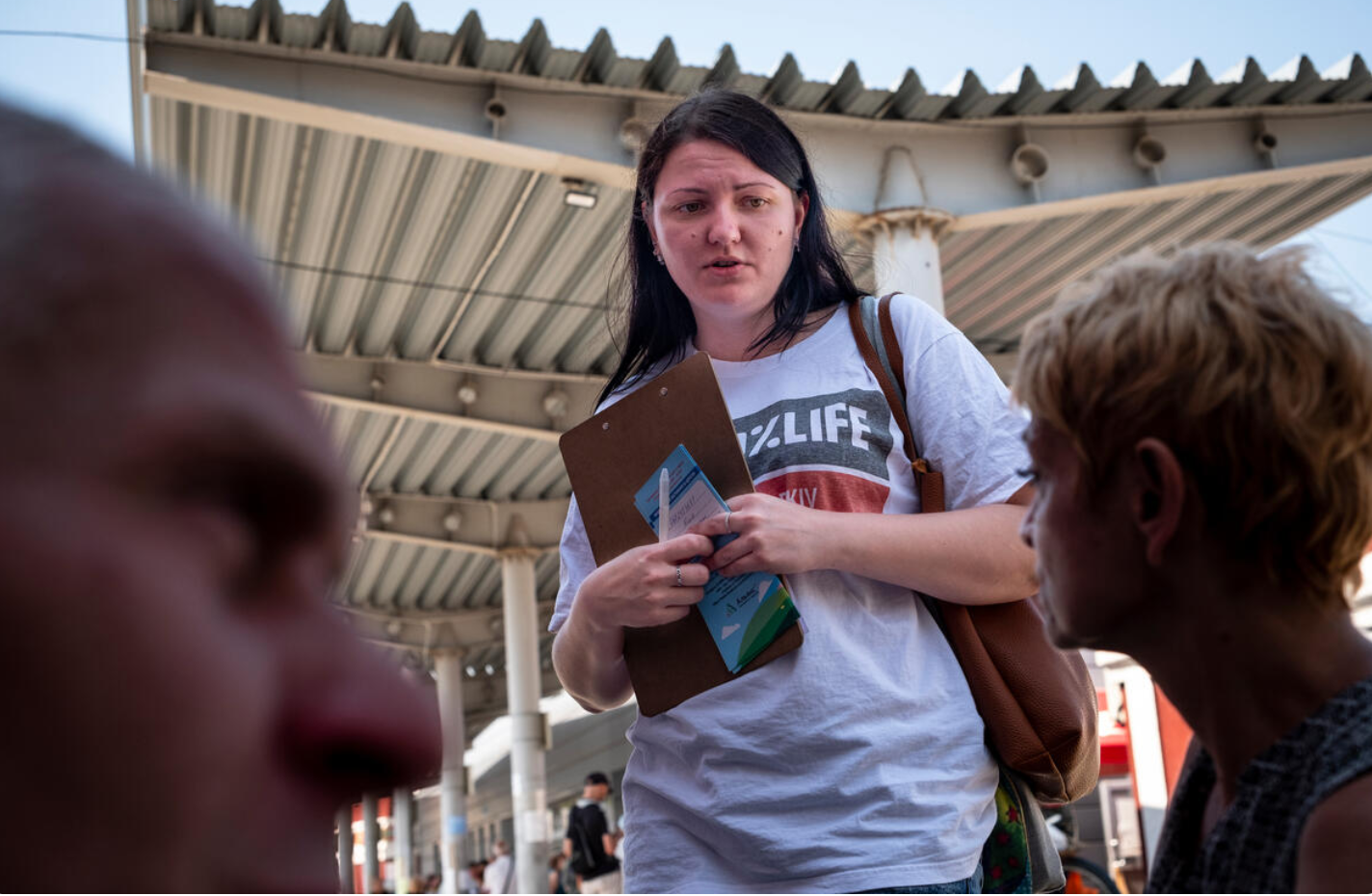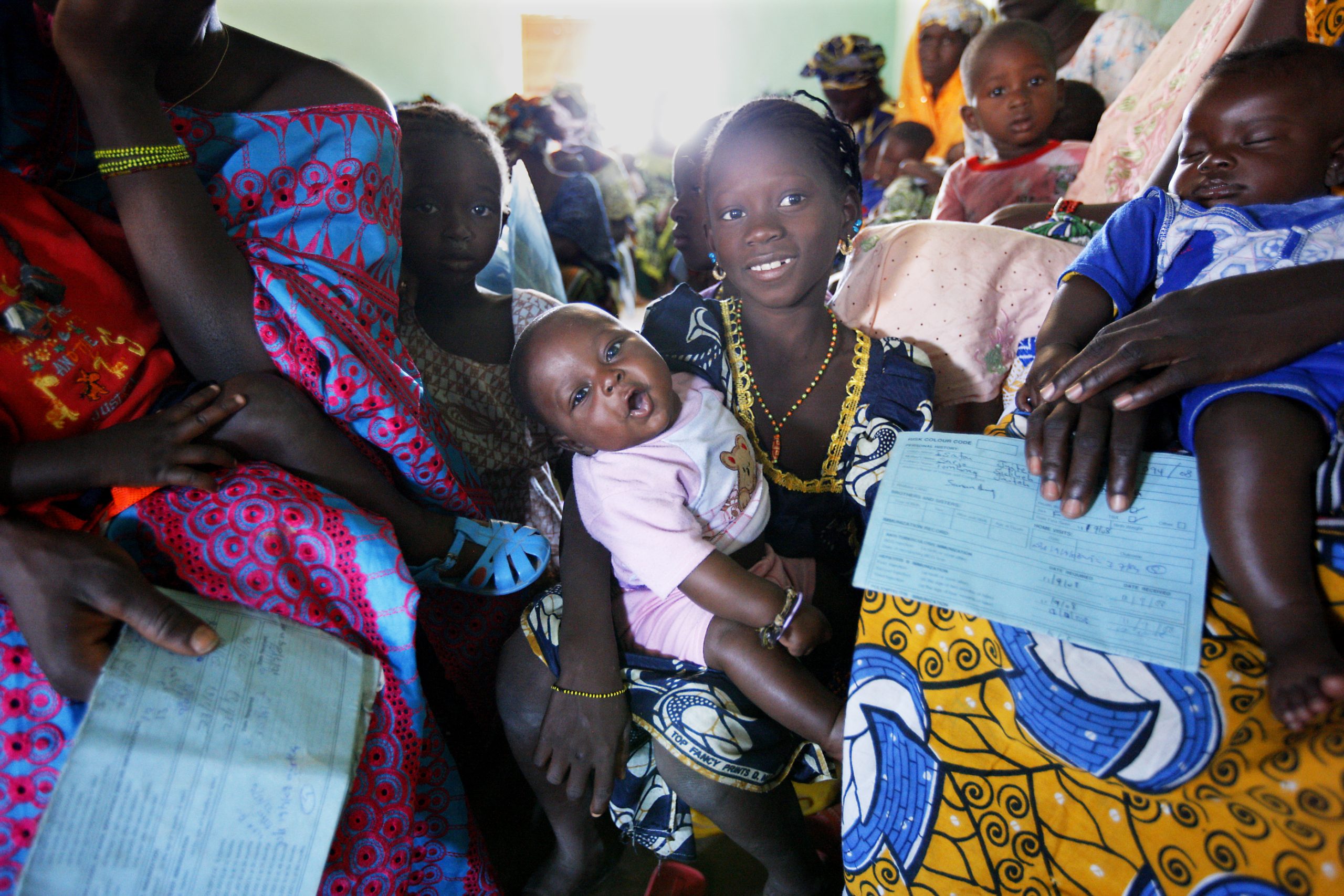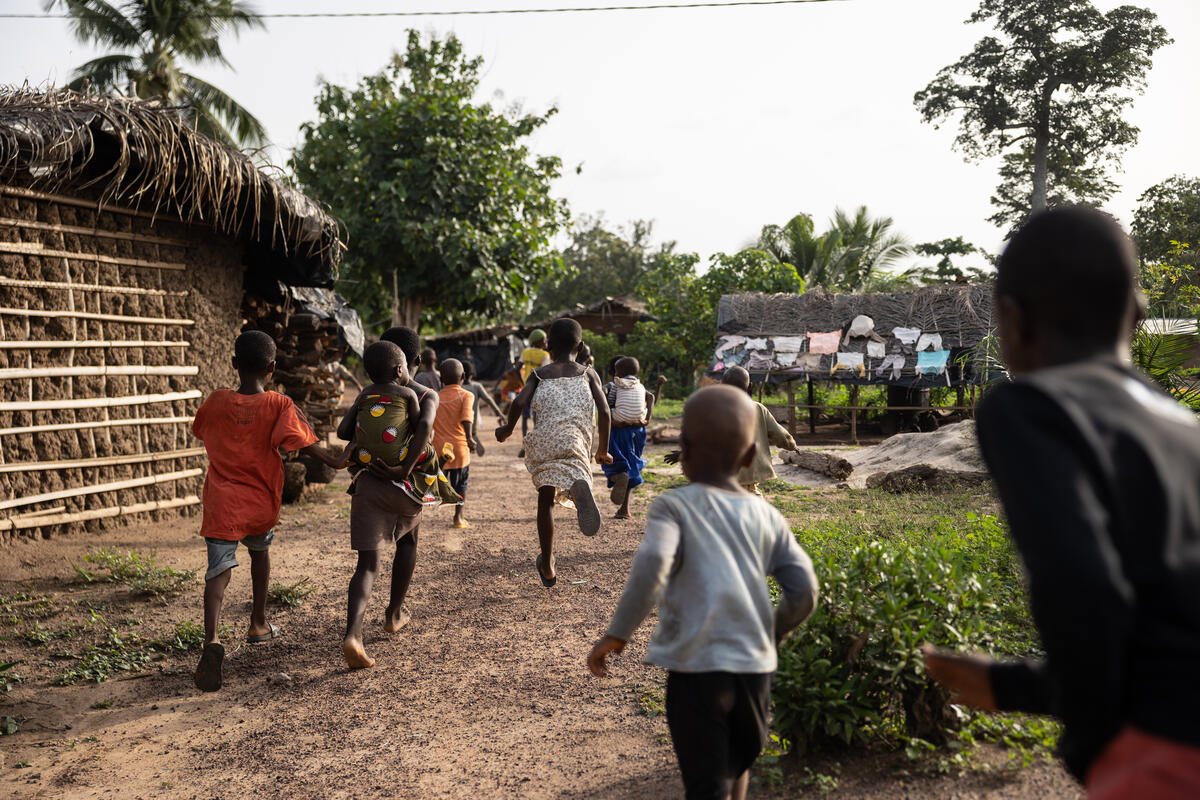The VIHeillir 2 project aims to adapt and pilot a decentralized care model that integrates the main chronic conditions associated with HIV, emphasizing a person-centered approach that ensures continuity between clinical and community-based care. The goal is to improve the quality of life for individuals aged 50 and older living with HIV and/or chronic diseases.
Context
In Africa, thanks to effective antiretroviral treatments, people living with HIV can now grow older. However, they frequently face age- related complications and other illnesses. In Cameroon and Senegal, older people living with HIV (OPLWH) make up at least 25% of all patients currently receiving care in health facilities. Despite this, their medical and social needs receive little attention. Launched in 2020, the VIHeillir 1 project raised awareness about the challenges OPLWH face and, more broadly, underscored the importance of healthy aging. It introduced an integrated care model for five comorbidities— hypertension, diabetes, hepatitis B and C, and cervical cancer—during routine consultations for OPLWH.
Description
The second phase of the VIHeillir project is organized around three main areas:
- Decentralizing clinical activities by supporting peripheral health districts to integrate services, broaden care to include people living with HIV and/or chronic diseases, and coordinate with other health programs;
- Strengthening the community-based approach to identify, monitor, and, when necessary, refer patients to the most suitable healthcare facilities, relying on community health workers and associations;
- Advocacy for sustainability to ensure the initiative’s long-term viability.
This phase is being carried out in two district hospitals in Cameroon (Bafia and Sangmélima) and two health centers in Senegal (Guinguinéo and Kasnack).
Impact
The project aims to improve the quality of life for individuals aged 50 and older living with HIV and/or chronic diseases by enhancing their access to care, screening, and treating related chronic conditions, and engaging community associations, project partners, for advocacy, education, prevention, screening, and long-term follow-up.
